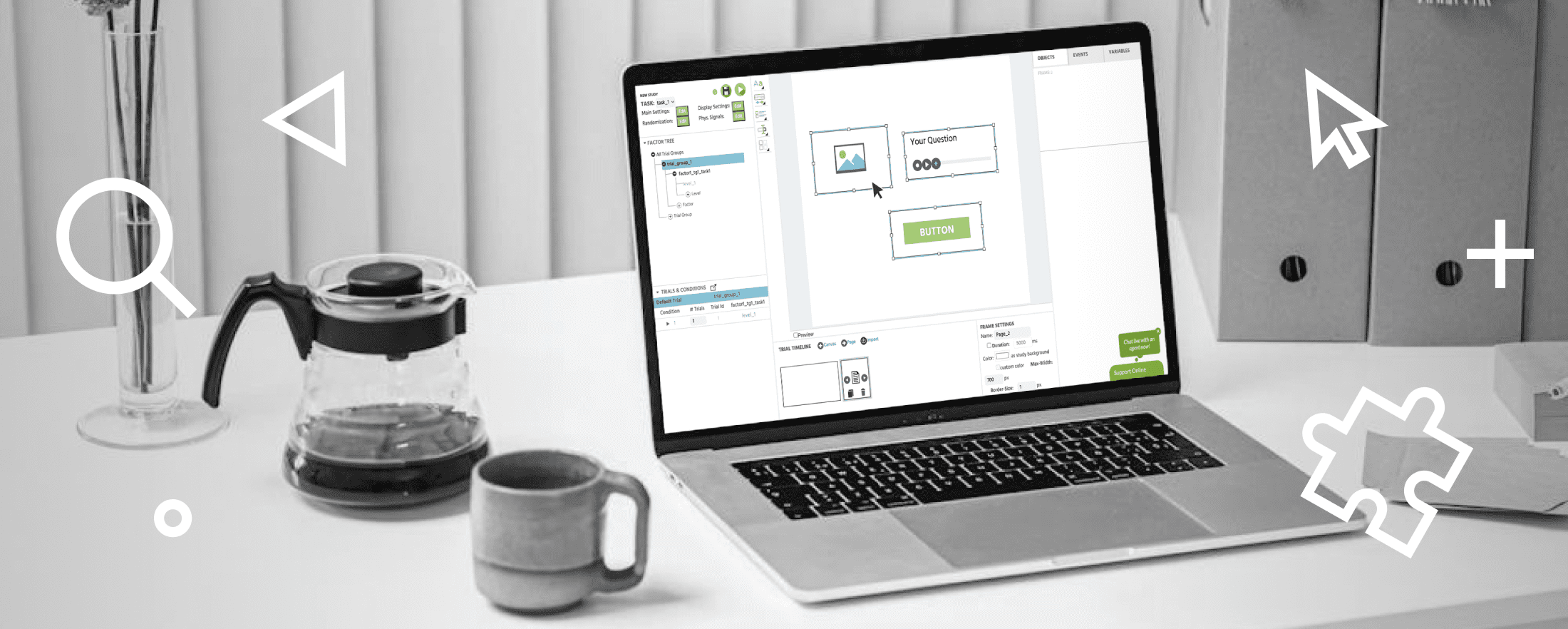
Labvanced Features Overview
Key Advantages for Using Labvanced
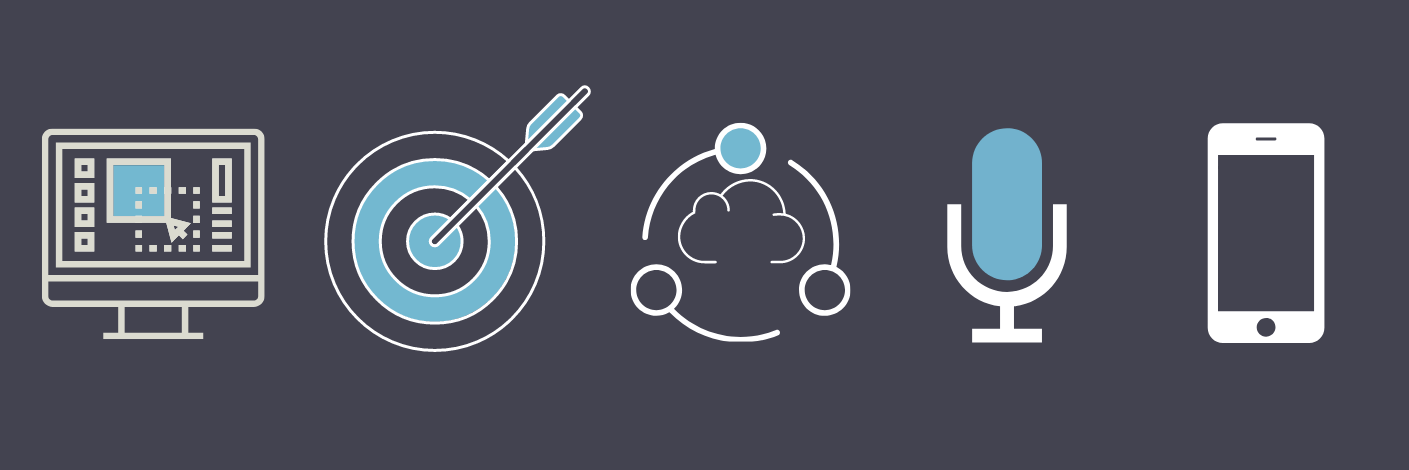
- Labvanced offers a graphical task builder and highly advanced experiment features.
- Temporal accuracy / RT measures are millisecond precise and spatial accuracy is pixel perfect.
- We are open source and offer over 200 studies/templates in our open access library.
- We offer any kind stimuli presentation and recording options, including audio and video.
- We are fully mobile / touch compatible for smartphones and tablets.
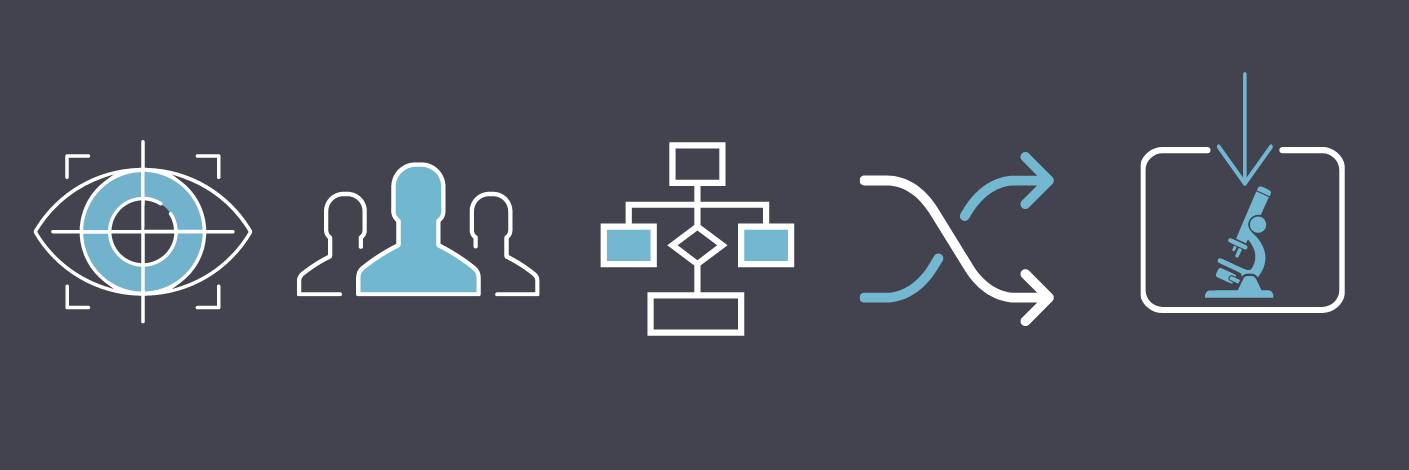
- We offer an own superior deep learning pipeline for webcam based eye tracking.
- You can create/run real-time multi-participant experiments (e.g. econmic games)
- You can create ANY kind of experimental logic (IF/Else, Loops, Callbacks own JavaScript).
- Using our Web-Socket API you can connect Labvanced with other devices in real time.
- You can download and run Labvanced locally in your lab without internet access.

Elements for Experiment Creation in Labvanced
VISUAL EXPERIMENT BUILDER
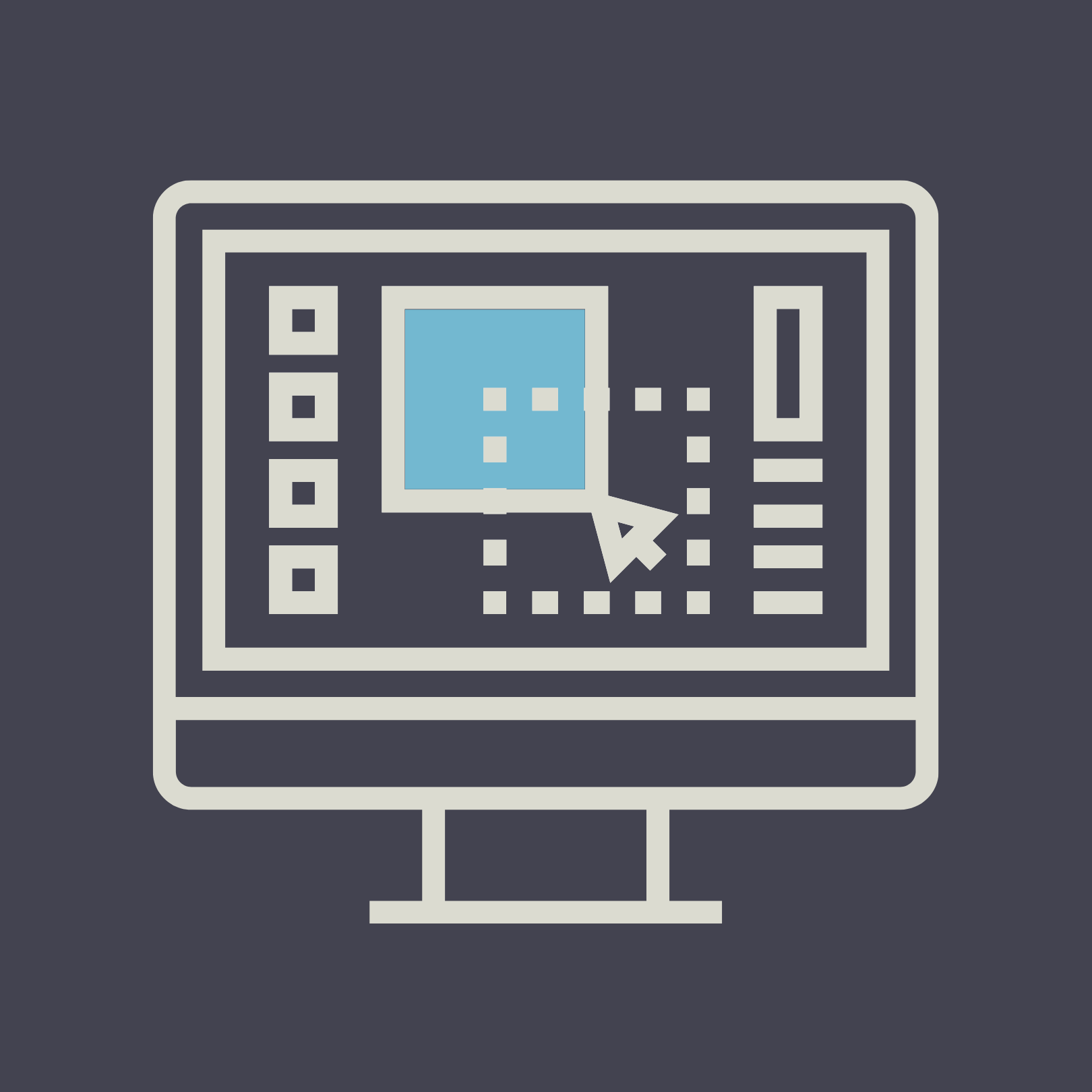 "What You See Is What You Get" - Our visual experiment builder allows you to create advanced behavioral experiments easily without having to write a single line of code. You will be able to setup and modify, groups, blocks, tasks, factors, trials, variables, events, stimuli and much more in a graphical environment, based on psychological terms and principles.
"What You See Is What You Get" - Our visual experiment builder allows you to create advanced behavioral experiments easily without having to write a single line of code. You will be able to setup and modify, groups, blocks, tasks, factors, trials, variables, events, stimuli and much more in a graphical environment, based on psychological terms and principles.
CANVAS FRAME
 Place your stimuli on a canvas and use simply drag & drop the elements to freely manipulate visual properties like, position, size, rotation, visibility, display-order, image-fie and much more. Create various versions of a task by adding factors and conditions and then apply changes graphically again using the canvas frame.
Place your stimuli on a canvas and use simply drag & drop the elements to freely manipulate visual properties like, position, size, rotation, visibility, display-order, image-fie and much more. Create various versions of a task by adding factors and conditions and then apply changes graphically again using the canvas frame.
PAGE FRAME & QUESTIONNAIRES
 Create great looking questionnaires by using the page frame. A powerful in-page text-editor will help you to customize your questions, change the order of questions by dragging them into the right place, randomize the oder of questions within or between elements simply by ticking a checkbox, or add highly dynamical functionality to your questionnaire by using the event system.
Create great looking questionnaires by using the page frame. A powerful in-page text-editor will help you to customize your questions, change the order of questions by dragging them into the right place, randomize the oder of questions within or between elements simply by ticking a checkbox, or add highly dynamical functionality to your questionnaire by using the event system.
MORE THAN 20 STIMULI TYPES
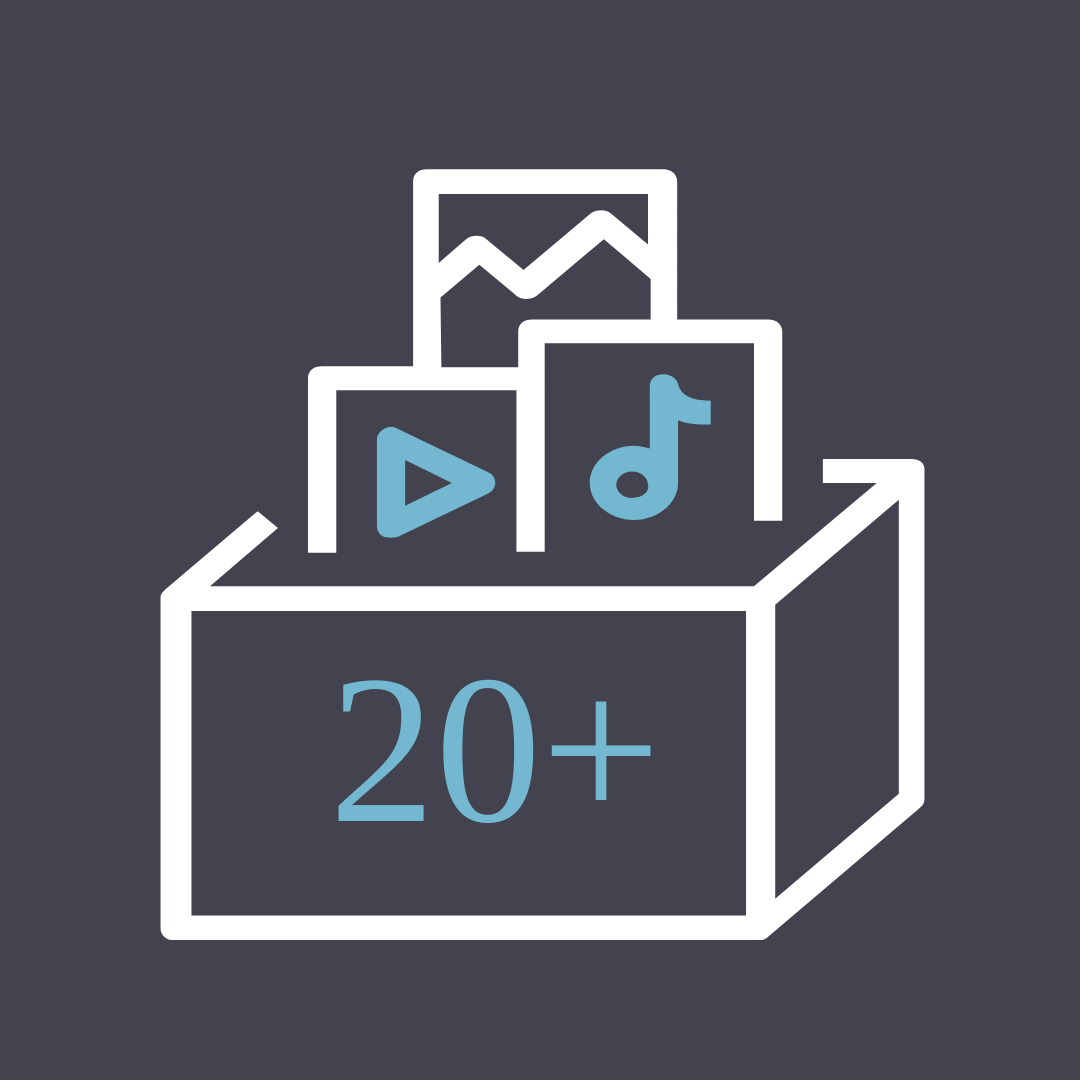 Choose from more than 20 stimulus elements (including images, videos, audios, form elements, interactive elements, and more) to present very customized and complex experimental content. Use the event system to dynamically manipulate the stimuli (position, size, visibility) and to precisely control the presentation of video and audio elements.
Choose from more than 20 stimulus elements (including images, videos, audios, form elements, interactive elements, and more) to present very customized and complex experimental content. Use the event system to dynamically manipulate the stimuli (position, size, visibility) and to precisely control the presentation of video and audio elements.
PROGRAMMABLE EVENTS
 Use the event system to add dynamic / programming logic to your experiment. Use While loops, If/else conditions, time callbacks, array operations, and mathematical expressions to program custom logic. Also, read, write, and record variables, modify stimulus properties, control audio, video, or recording elements, and jump to different frames, trials, and tasks depending on user responses. All this can be done simply by defining a trigger and associated actions.
Use the event system to add dynamic / programming logic to your experiment. Use While loops, If/else conditions, time callbacks, array operations, and mathematical expressions to program custom logic. Also, read, write, and record variables, modify stimulus properties, control audio, video, or recording elements, and jump to different frames, trials, and tasks depending on user responses. All this can be done simply by defining a trigger and associated actions.
BALANCING & RANDOMIZATION
 Trials can be balanced and randomized in several different ways. Use random factors to achieve simple, nested or between subject balancing of stimuli. Use a random trial sequence, upload a predefined trial sequence for each subject, or create an adaptive / dynamic trial sequence using events. Also, you can use the event logic to create highly individualized balancing mechanisms, e.g. assign files dynamically to objects, and much more.
Trials can be balanced and randomized in several different ways. Use random factors to achieve simple, nested or between subject balancing of stimuli. Use a random trial sequence, upload a predefined trial sequence for each subject, or create an adaptive / dynamic trial sequence using events. Also, you can use the event logic to create highly individualized balancing mechanisms, e.g. assign files dynamically to objects, and much more.
REPEATED MEASURES/RETEST DESIGNS
 Each experiment can have several sessions. Thus we offer the possibility of repeated measurements (measuring the same participants at different time points). If there is more than 1 session defined, participants will get an Email invitation to participate in the next session, at the allowed participation time. For each session the allowed participation time can be setup individually.
Each experiment can have several sessions. Thus we offer the possibility of repeated measurements (measuring the same participants at different time points). If there is more than 1 session defined, participants will get an Email invitation to participate in the next session, at the allowed participation time. For each session the allowed participation time can be setup individually.
DYNAMIC FEEDBACK
 Use variables to track which answers participants are giving throughout the experiment. Using If/else actions you can determine whether the answer was correct or not. Also you can compute many mathematical expressions (e.g. mean or percentage of correct answer) to give the participant more interesting feedback. Show dynamic feedback by inserting variables into text elements.
Use variables to track which answers participants are giving throughout the experiment. Using If/else actions you can determine whether the answer was correct or not. Also you can compute many mathematical expressions (e.g. mean or percentage of correct answer) to give the participant more interesting feedback. Show dynamic feedback by inserting variables into text elements.
EYETRACKING VIA WEBCAM
 With Labvanced you can do eye-tracking using the participants' webcam. This will require initial calibration and good lightning conditions. The eye tracking system is integrated into the event system. As a results you can track where a participant is looking on the screen, provide a "live-feedback" about the position of gaze, and even use fixations on specific stimulus elements (e.g. fixation cross) as a trigger to control the experiment flow.
With Labvanced you can do eye-tracking using the participants' webcam. This will require initial calibration and good lightning conditions. The eye tracking system is integrated into the event system. As a results you can track where a participant is looking on the screen, provide a "live-feedback" about the position of gaze, and even use fixations on specific stimulus elements (e.g. fixation cross) as a trigger to control the experiment flow.
AUDIO RECORDINGS
 With Labvanced you can record an audio stream using the participants' microphone. Recordings will be saved as .mp3 files and can be downloaded from the dataview tab. Audio recordings are integrated into the trial system such that there can be several audio files per trial. Also audio files can be played back to the participant, and the control of the recordings is either done manually or by using the event system.
With Labvanced you can record an audio stream using the participants' microphone. Recordings will be saved as .mp3 files and can be downloaded from the dataview tab. Audio recordings are integrated into the trial system such that there can be several audio files per trial. Also audio files can be played back to the participant, and the control of the recordings is either done manually or by using the event system.
MULTI-PARTICIPANT STUDIES
 Our platform can be used to create real-time multi-participant experiments to explore cooperative behavior, joint decision / joint action, socio-economic games and much more. This unique feature requires that 2 or more participants start the same study simultaneously. Synchronization is achieved via exchange of variables. An server-side handshake procedure prohibits raise conditions and insures common ground truth of states.
Our platform can be used to create real-time multi-participant experiments to explore cooperative behavior, joint decision / joint action, socio-economic games and much more. This unique feature requires that 2 or more participants start the same study simultaneously. Synchronization is achieved via exchange of variables. An server-side handshake procedure prohibits raise conditions and insures common ground truth of states.
AUTOMATED TEXT TRANSLATIONS
 All texts fields can be automatically translated into many different languages using Google Translate. These automatic translations can be further improved manually. Without changing the URL subjects can then choose their preferred study language upon the start of the experiment. This is especially useful for studies that require many participants and / or studies on multicultural phenomena.
All texts fields can be automatically translated into many different languages using Google Translate. These automatic translations can be further improved manually. Without changing the URL subjects can then choose their preferred study language upon the start of the experiment. This is especially useful for studies that require many participants and / or studies on multicultural phenomena.
IMPORT LIBRARY TEMPLATES
 Our experiment library has over 40 experiments, which you can import and therefore use as templates for your own study. Also you can use these studies to learn how to create more complex studies on Labvanced. This is very helpful to get started right away. Studies can also be shared upon request. To import these studies you have first to get the permission of the study owner. Labvanced strongly endorses the sharing and interchange of studies between researchers.
Our experiment library has over 40 experiments, which you can import and therefore use as templates for your own study. Also you can use these studies to learn how to create more complex studies on Labvanced. This is very helpful to get started right away. Studies can also be shared upon request. To import these studies you have first to get the permission of the study owner. Labvanced strongly endorses the sharing and interchange of studies between researchers.
BUILD TOGETHER IN TEAMS
 With our platform you can build studies together with other researchers. This can further speed up implementation time and also helps to prevent bugs which single users might overlook. Currently, a study can be edited only by one person at a time. So teams have to make arrangements who is editing the experiment at what time. However, it is possible that different parts of a study are simultaneously created first in different studies and later on merged /imported into one study.
With our platform you can build studies together with other researchers. This can further speed up implementation time and also helps to prevent bugs which single users might overlook. Currently, a study can be edited only by one person at a time. So teams have to make arrangements who is editing the experiment at what time. However, it is possible that different parts of a study are simultaneously created first in different studies and later on merged /imported into one study.

Elements for Data Recording in Labvanced
PRECISE PRESENTATION
 We pursue a double-preloading approach for all stimuli, loading them first into the browser cache, and then pre-rendering them before the trial starts. This insures a very high temporal accuracy of all stimuli. Additionally, we do control-time measurements (see FAQ for more info) to verify timing precision. The spatial size of stimuli can be fixed to visual degrees, fixed in pixels, or zoomed. Fixing stimuli in visual degrees requires a physical calibration of the display size at the start of the experiment.
We pursue a double-preloading approach for all stimuli, loading them first into the browser cache, and then pre-rendering them before the trial starts. This insures a very high temporal accuracy of all stimuli. Additionally, we do control-time measurements (see FAQ for more info) to verify timing precision. The spatial size of stimuli can be fixed to visual degrees, fixed in pixels, or zoomed. Fixing stimuli in visual degrees requires a physical calibration of the display size at the start of the experiment.
STUDY HOSTING
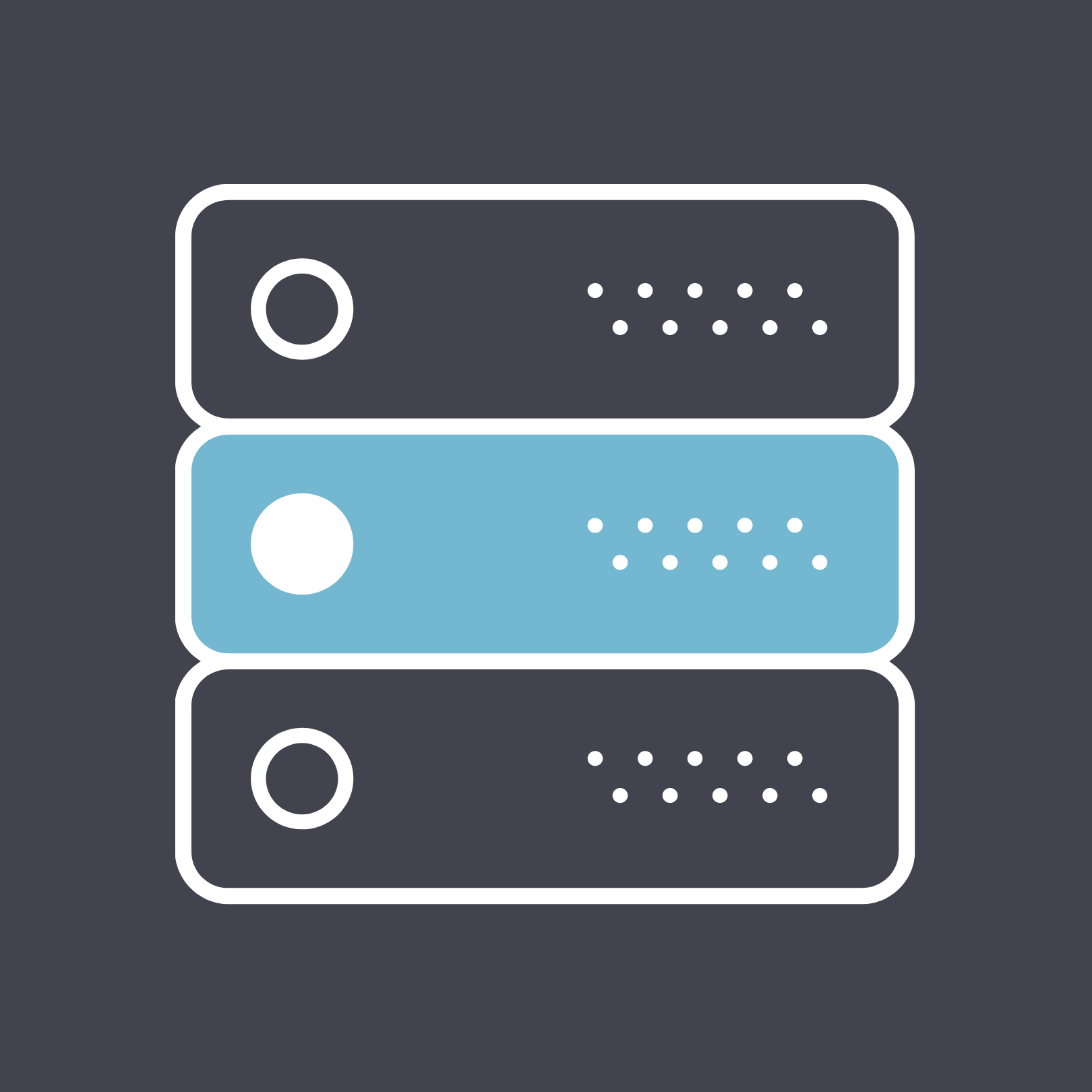 After experiment implementation is finished, Labvanced also hosts and advertises your study for the purpose of data recordings. Hence, each study can be put into the Labvanced experiment library for free. Moreover, participants can also take part in a study via a custom link, via crowdsourcing platforms, or by direct invitations via email, social media etc. For total transparency, the experiment specification file can also be downloaded in JSON format.
After experiment implementation is finished, Labvanced also hosts and advertises your study for the purpose of data recordings. Hence, each study can be put into the Labvanced experiment library for free. Moreover, participants can also take part in a study via a custom link, via crowdsourcing platforms, or by direct invitations via email, social media etc. For total transparency, the experiment specification file can also be downloaded in JSON format.
OFFLINE/LAB VERSION
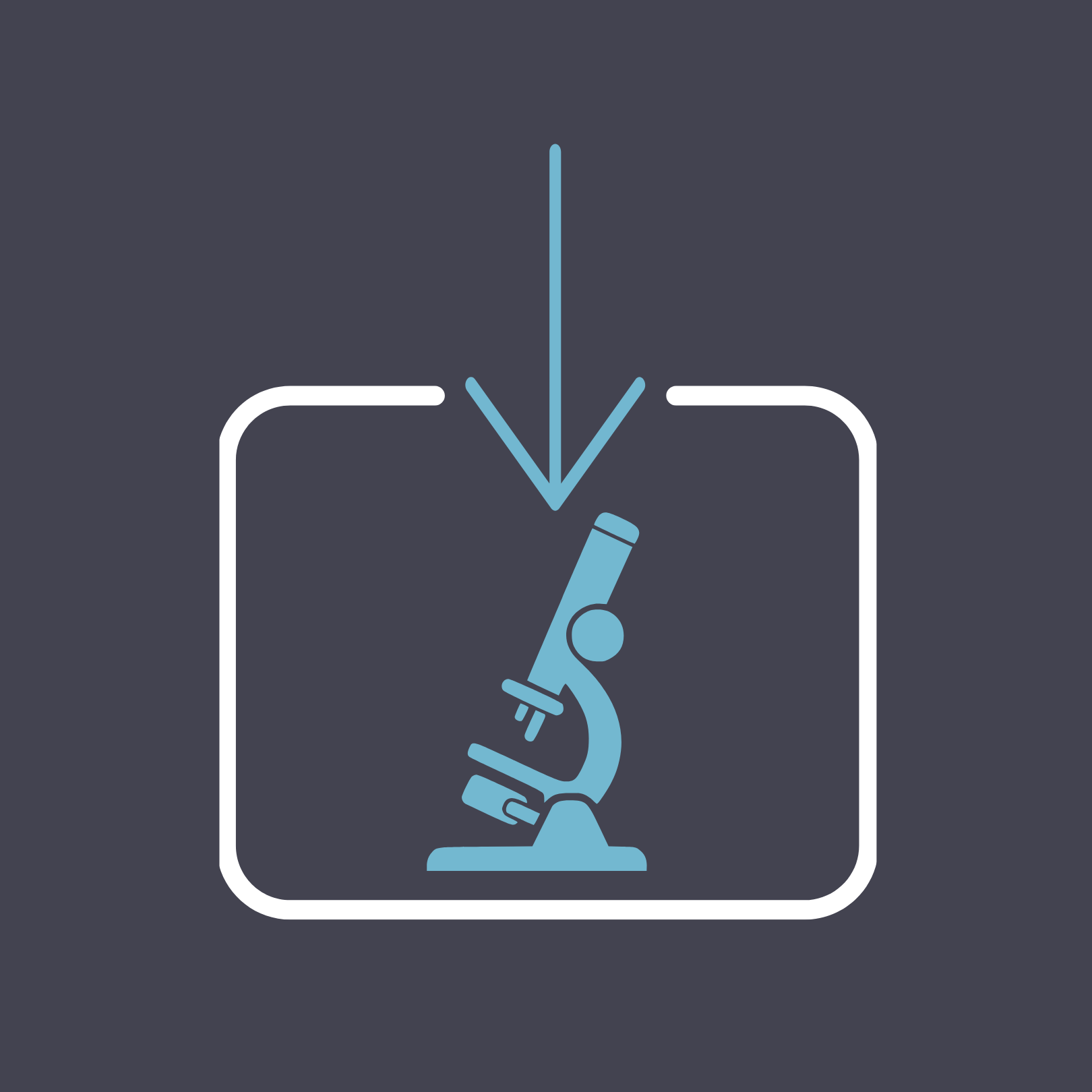 All our experiments can be compiled and downloaded as local executable applications (Chromium App). Hence each experiment can also run offline (e.g. on a lab computer without internet). The data will then be stored locally within the experiment application. Hence both the application and the data can be transported using removable hard drives (e.g. USB stick). After the internet connection is restored, the data can be synced/uploaded to our server.
All our experiments can be compiled and downloaded as local executable applications (Chromium App). Hence each experiment can also run offline (e.g. on a lab computer without internet). The data will then be stored locally within the experiment application. Hence both the application and the data can be transported using removable hard drives (e.g. USB stick). After the internet connection is restored, the data can be synced/uploaded to our server.
RECRUITING & CROWDSOURCING
 Crowdsourcing offers the potential to boost the number of participants in your study by paying each subject a small compensation fee. Using Labvanced you can either recruit subjects with your own crowdsourcing account(s), or you pay us and we will manage all the participant recruitment (via crowdsourcing) for you. Participants demographics (i.e. language/nationality) and study duration influence the cost per participant.
Crowdsourcing offers the potential to boost the number of participants in your study by paying each subject a small compensation fee. Using Labvanced you can either recruit subjects with your own crowdsourcing account(s), or you pay us and we will manage all the participant recruitment (via crowdsourcing) for you. Participants demographics (i.e. language/nationality) and study duration influence the cost per participant.
SPECIFY DEMOGRAPHICS
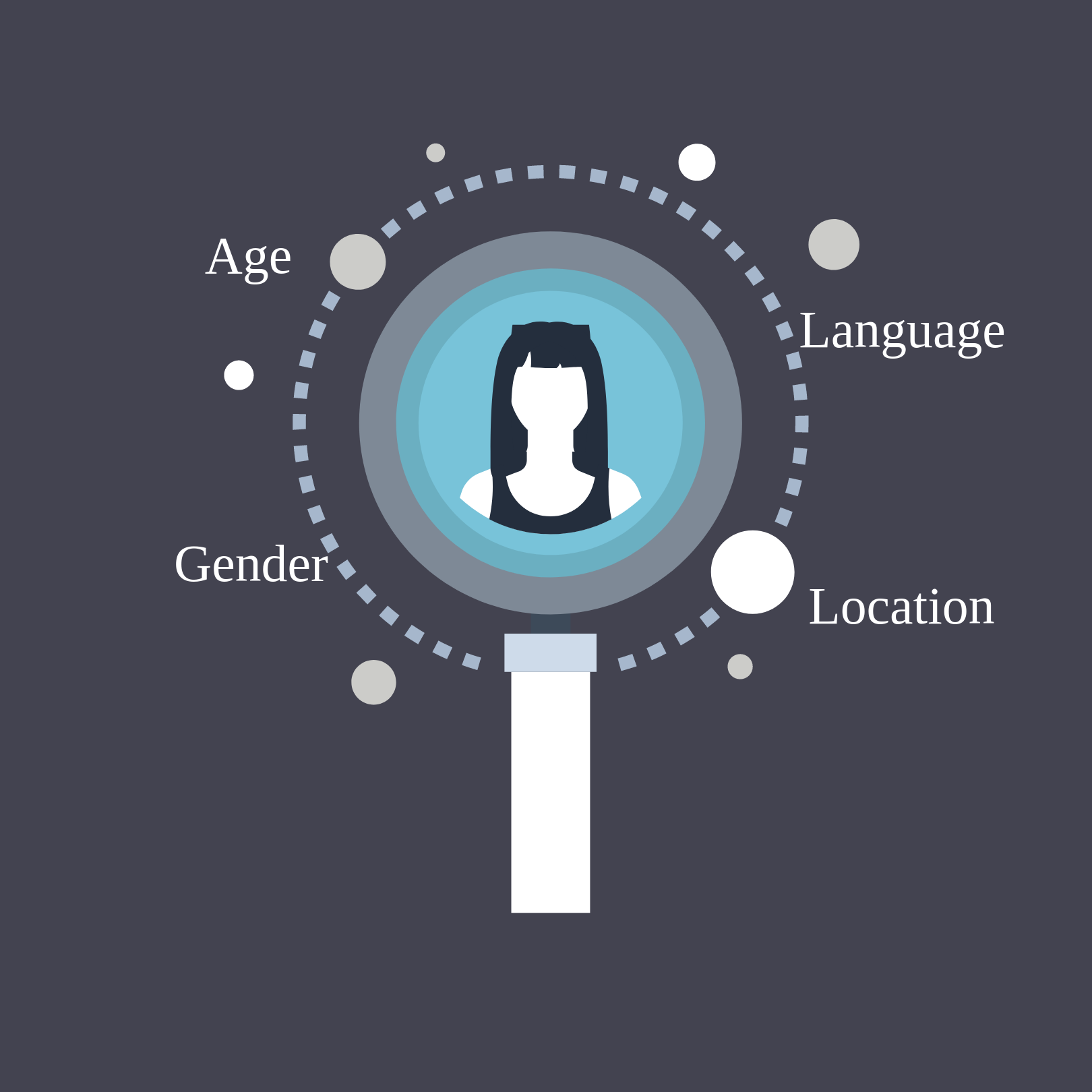 Labvanced offers the possibility to specify the demographic requirements (i.e. Gender, Age, First Language) separately for each subject group. Participants then have to provide this information before the start of the experiment. If demographics do not match any group requirement, experiment participation will not be allowed. Demographic participant selection can also be combined with Crowdsourcing, however this will typically involve some extra costs.
Labvanced offers the possibility to specify the demographic requirements (i.e. Gender, Age, First Language) separately for each subject group. Participants then have to provide this information before the start of the experiment. If demographics do not match any group requirement, experiment participation will not be allowed. Demographic participant selection can also be combined with Crowdsourcing, however this will typically involve some extra costs.
MOBILE/TOUCH COMPATIBLE
 Labvanced has a responsive design structure. This insures that the experimental content 'reflows' automatically and is perfectly matched to the display size of presentation device. Using mobile/touch devices left-click mouse events are translated to touch events. However, mouse-up, mouse hover, right click, and keyboard events will not work on touch devices. Hence, in the end it is up to the experimenter to design the study such that it will be mobile/touch compatible.
Labvanced has a responsive design structure. This insures that the experimental content 'reflows' automatically and is perfectly matched to the display size of presentation device. Using mobile/touch devices left-click mouse events are translated to touch events. However, mouse-up, mouse hover, right click, and keyboard events will not work on touch devices. Hence, in the end it is up to the experimenter to design the study such that it will be mobile/touch compatible.
EXPERIMENT LIBRARY & SHARING
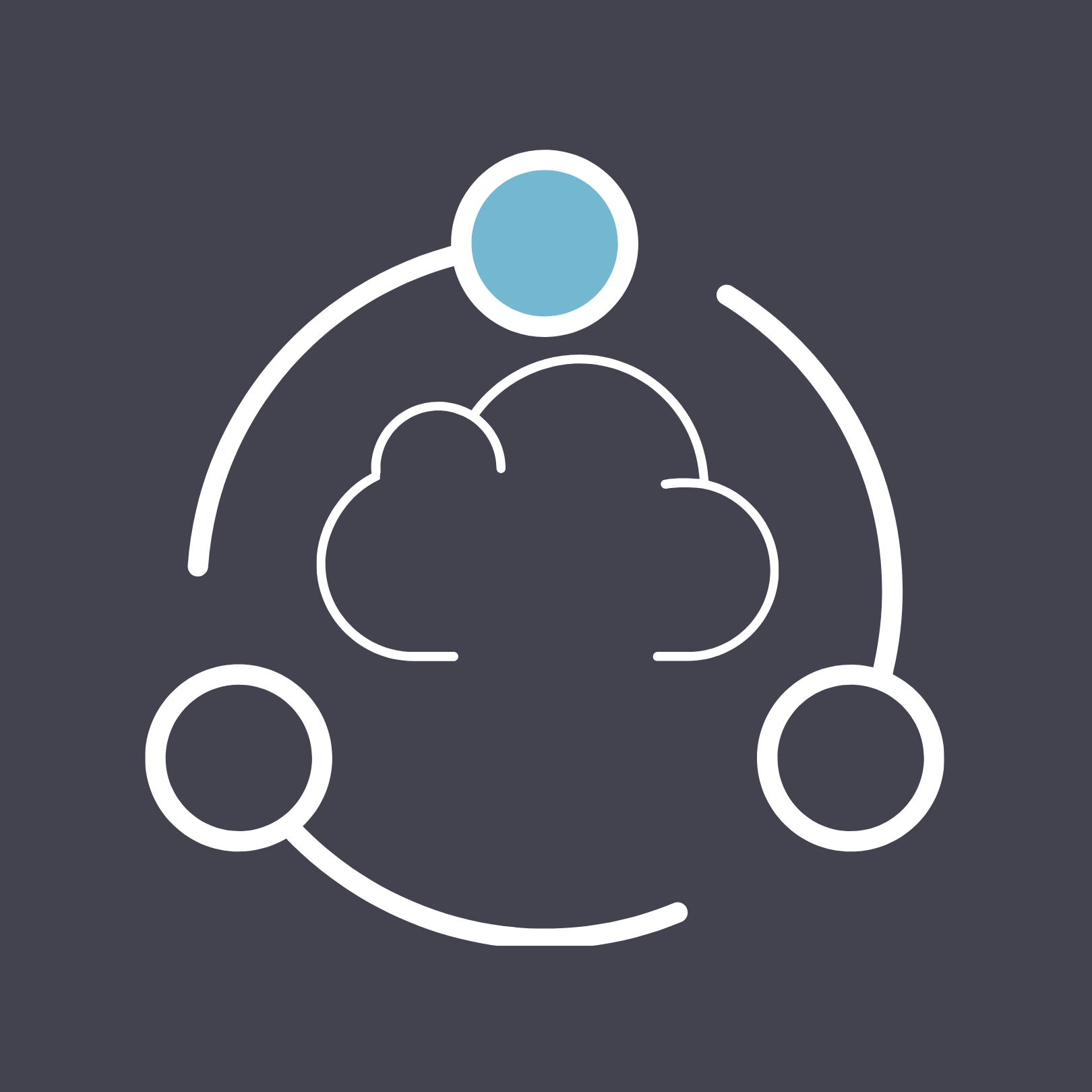 You can freely publish your study in the Labvanced experiment library for participation, for sharing it with other researchers/reviewers, or for both. Regarding sharing you have several options. You can allow others to only view/inspect your study (i.e. for reviewers), but not to import it (use it as a template). You can also share your template only with selected researchers upon (their) request. Finally, you can share your study as a template with everyone.
You can freely publish your study in the Labvanced experiment library for participation, for sharing it with other researchers/reviewers, or for both. Regarding sharing you have several options. You can allow others to only view/inspect your study (i.e. for reviewers), but not to import it (use it as a template). You can also share your template only with selected researchers upon (their) request. Finally, you can share your study as a template with everyone.
PRIVATE LINKS & PASSWORDS
 After study publication, you can generate custom links for individual participants, using a 'subject code', which will be encoded in the custom URL. Also, you can add an extra level of security to your study by adding a password protection. This is particular useful if you want to test your study online without others having access, if you want to measure only a selected group of participants, or if you present highly sensitive (stimuli) material.
After study publication, you can generate custom links for individual participants, using a 'subject code', which will be encoded in the custom URL. Also, you can add an extra level of security to your study by adding a password protection. This is particular useful if you want to test your study online without others having access, if you want to measure only a selected group of participants, or if you present highly sensitive (stimuli) material.
DATA SECURITY & PRIVACY
 Data security/privacy is extremely important to us! Hence, the complete website communication is protected by an encrypted SSL / TLS connection. All data is stored (redundantly) on our own servers, located at the University of Osnabrueck, Germany. Furthermore, we follow the latest EU data privacy standards. This means: We do NOT collect any personal data of the participants (IP address, email, name); data access is only possible via the respective (password protected) account; all data can be deleted completely by our users themselves.
Data security/privacy is extremely important to us! Hence, the complete website communication is protected by an encrypted SSL / TLS connection. All data is stored (redundantly) on our own servers, located at the University of Osnabrueck, Germany. Furthermore, we follow the latest EU data privacy standards. This means: We do NOT collect any personal data of the participants (IP address, email, name); data access is only possible via the respective (password protected) account; all data can be deleted completely by our users themselves.
ONLINE DATA VIEW
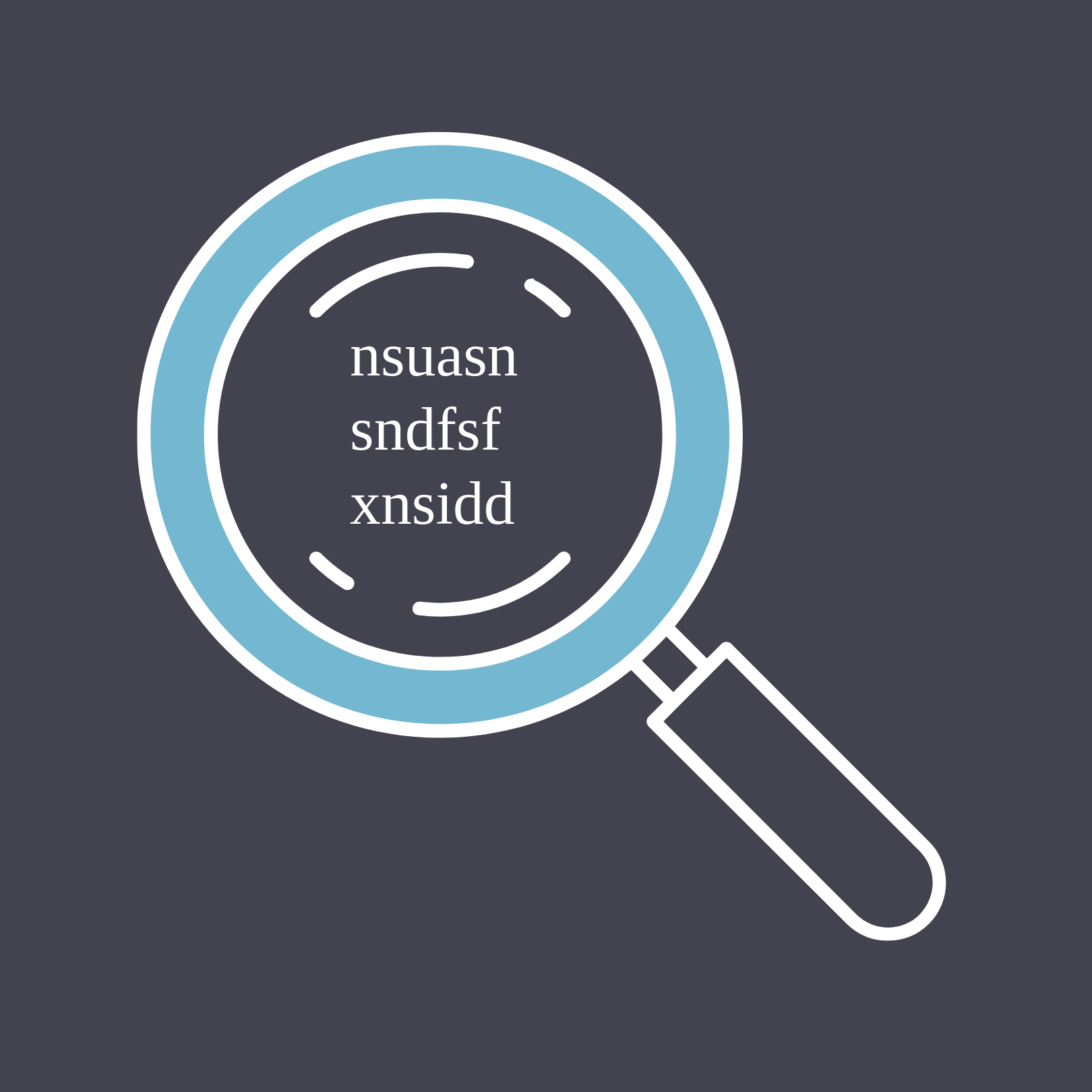 Within the Data View page you can access your recording data and see new recordings in real time. Furthermore you can use different filters to see the data only for certain subjects/sessions, tasks, or variables. Within the data view we also provide several additional control variables, e.g. the participants' Crowdsourcing-Id, precision of time measures, and much more. Finally, in the data view you can also delete data and export/download it in CSV and MS EXCEL compatible formats.
Within the Data View page you can access your recording data and see new recordings in real time. Furthermore you can use different filters to see the data only for certain subjects/sessions, tasks, or variables. Within the data view we also provide several additional control variables, e.g. the participants' Crowdsourcing-Id, precision of time measures, and much more. Finally, in the data view you can also delete data and export/download it in CSV and MS EXCEL compatible formats.
DATA EXPORT
 You can download your recording data at any time in CSV and MS EXCEL compatible formats. Just select the subjects/sessions, which you want to download and click on the 'download data' button in the data view. In the respective file, each column will represent a recorded variable, and each row will represent one trial. Data for several, trials, tasks, and subjects are appended below each other. In the data view, you can also download the experiment specification in JSON format.
You can download your recording data at any time in CSV and MS EXCEL compatible formats. Just select the subjects/sessions, which you want to download and click on the 'download data' button in the data view. In the respective file, each column will represent a recorded variable, and each row will represent one trial. Data for several, trials, tasks, and subjects are appended below each other. In the data view, you can also download the experiment specification in JSON format.
